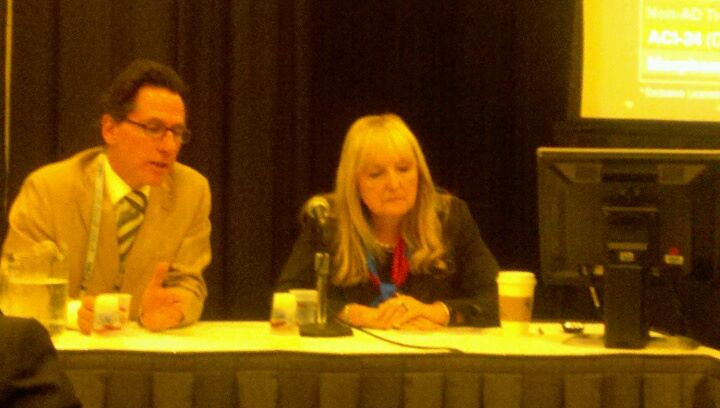AC Immune has entered into a second exclusive worldwide license agreement and research collaboration with Genentech,of the...
Boston
Anita Harris of New Cambridge Observer writes that Ariana Pharma opens Ariana Data Intelligence, Inc., in Cambridge....
Cambridge writer Anita Harris reports on Google News Exec's advice to newspaper industry at Nieman...
Anita Harris, New Cambridge Observer, reviews Alvin Ailey American Dance Theater performance of April...
The economic recession of 2008 has led to soul-searching and innovation in the venture capital industry...
New Cambridge Observer's Anita Harris on BIO-IT World 2012, describing the promise and problems presented by burgeoning...
